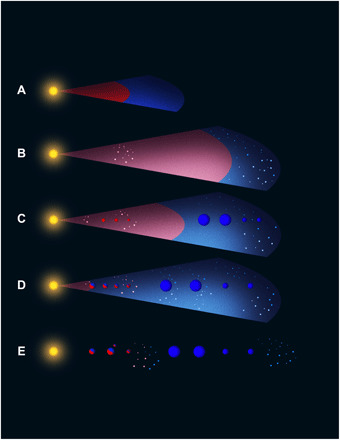Fig. 1. Sketch of the physical processes involved in our pebble accretion model for the formation of terrestrial planets.

Stage (A): The protoplanetary disc is formed consisting of material with solar composition (blue), represented in the meteoric record by the CI meteorites. Thermal processing in the inner disc vaporizes presolar grains carrying isotopic anomalies. The remaining solids carry now a noncarbonaceous (NC) signature (red). In stage (B), the disc expands outward due to angular momentum transport from the inner to the outer disc, carrying the NC material along with the gas. Planetesimal belts form at the water ice line (red) and by pileups of pebbles in the outer regions of the protoplanetary disc (blue); this outer planetesimal belt is envisioned here as the birth region of the giant planets (14, 72). In stage (C), protoplanets representing Earth, Venus, and Theia migrate out of the inner planetesimal belt. In the outer Solar System, Jupiter, Saturn, Uranus, and Neptune grow by pebble accretion and gas accretion. In stage (D). the CI material has drifted past the terrestrial planet zone, and the terrestrial planets shift their compositions more toward the CI meteorites. The CC form outside the orbits of Jupiter and Saturn. Last, in stage (E), the protoplanetary disc clears, and the planetesimals of NC and CC composition are scattered into the asteroid belt.
